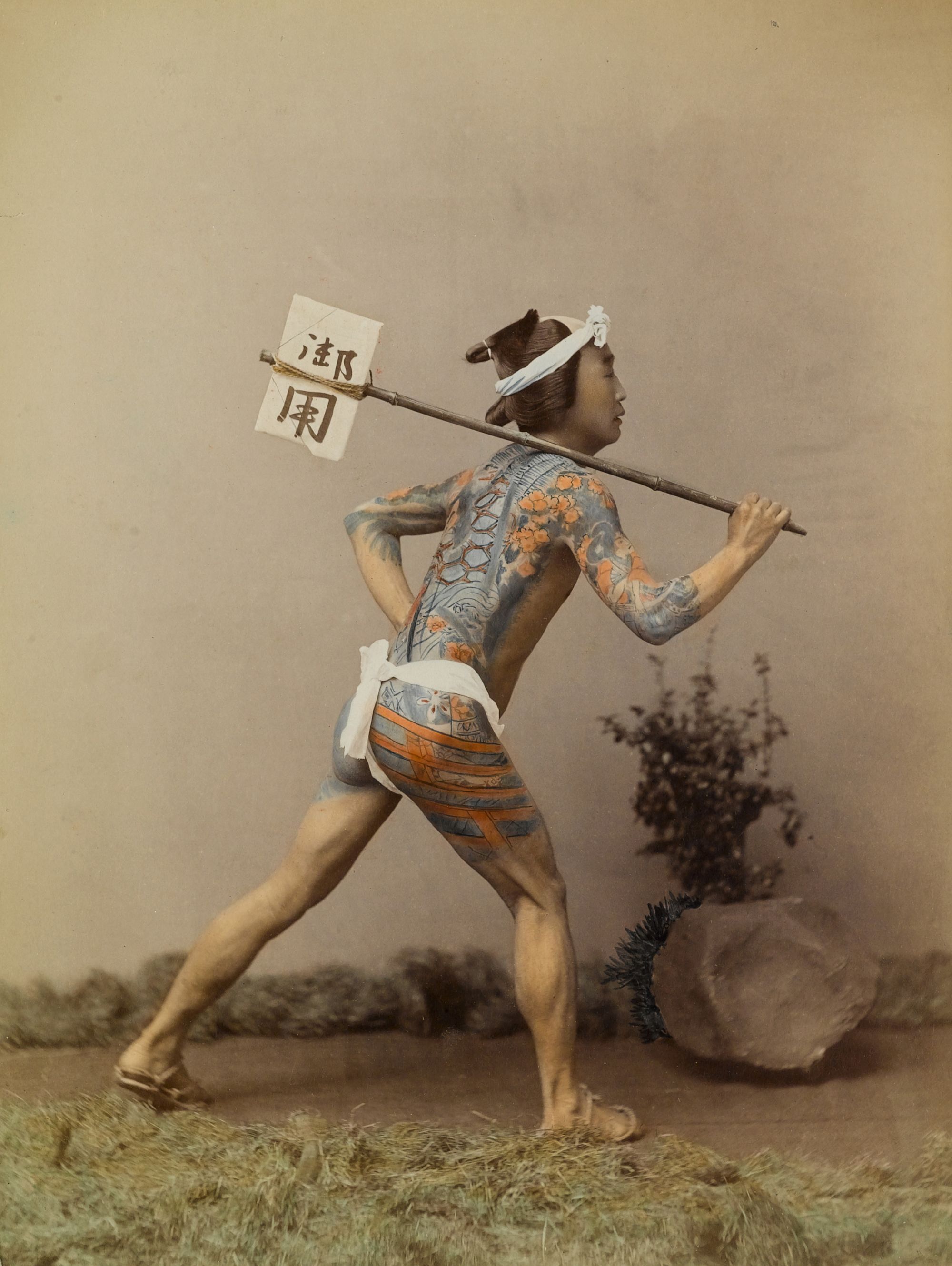Tattooing can be traced back over 5,000 years to a naturally mummified human named Ötzi, whose 61 charcoal-incised markings are believed to be the oldest tattoos in the world.
The practice of inking one’s skin has a complex history, and like other forms of art, its own set of cultural traditions and ephemera, including early tools, historical paintings and ethnographic photographs, and more recently, illustrations of designs – called “flash sheets” – by famous living artists.
And, like fine art, tattooing has its own market for such objects, as well as its own museums. The Daredevil Museum in New York City and San Francisco’s Lyle Tuttle Tattoo Studio and Museum – named after the legendary tattoo artist and celebrity favorite, who in his time inked the likes of Cher and Janis Joplin – are just a couple of examples.
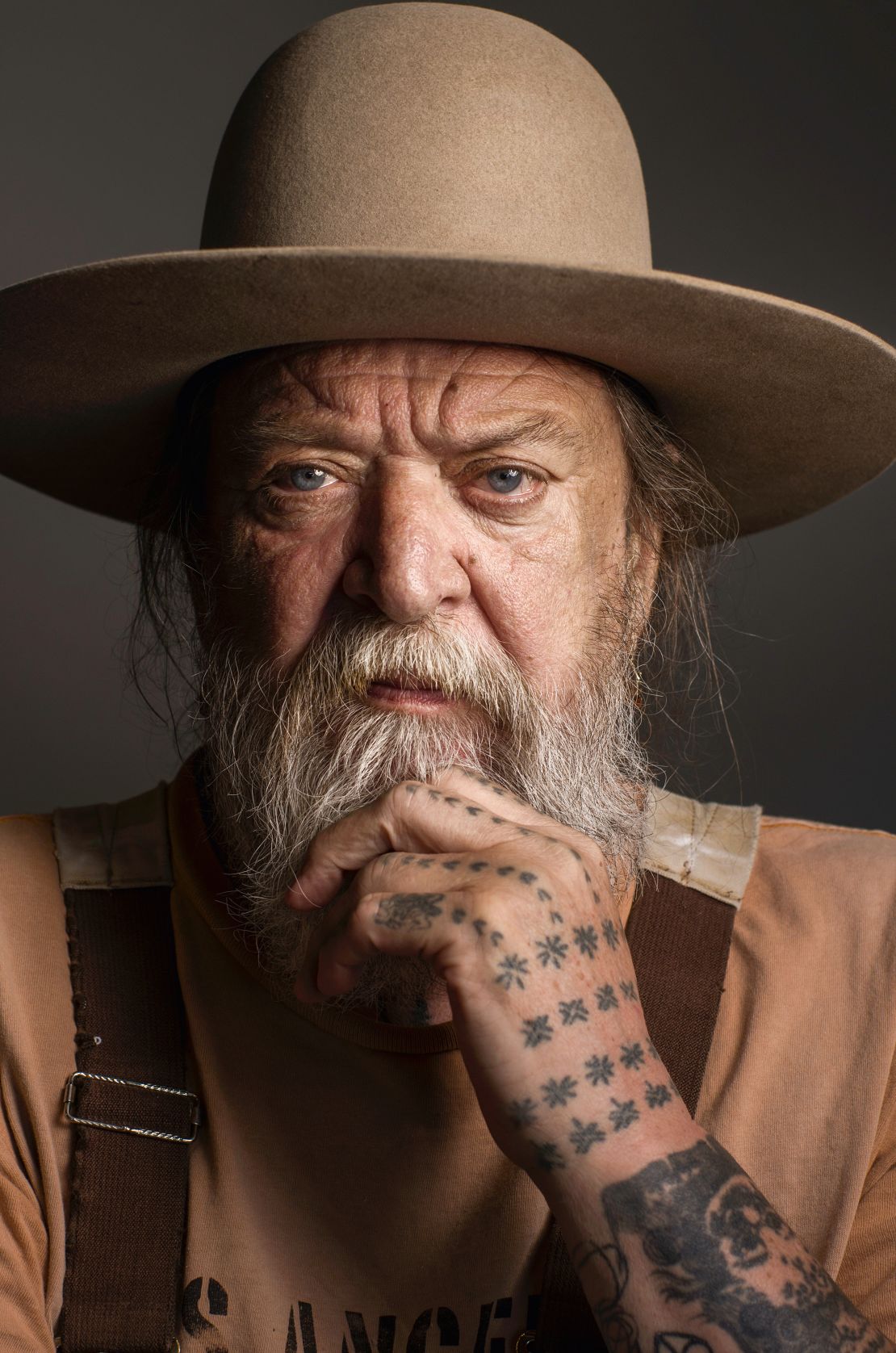
Dutch tattoo artist Henk Schiffmacher, whose past clients include Lady Gaga, Kurt Cobain and Keith Haring, said in a recent video interview that the internet has created a whole new audience for ink.
“Everybody all of a sudden wants to make a little museum… or is diving into the history of tattoo,” said Schiffmacher, whose personal collection of some 40,000 objects and artworks related to tattoos, one of the world’s largest, is featured in the new book “Tattoo. 1730s-1970s. Henk Schiffmacher’s Private Collection.”
His collection includes Japanese woodblock prints of tattooed 19th-century Kabuki characters; tattoo chisels made of wood and bones from the early 1900s; posters and black-and-white photographs of tattooed women at traveling carnivals; and an endless number of designs from over the centuries.
“There are a lot of serious collectors now,” Schiffmacher, who has been tattooing since the 1970s, said of tattoo ephemera. “And that’s a good part of the internet – that we are able to see what other people have. It’s become a very different ball game.”
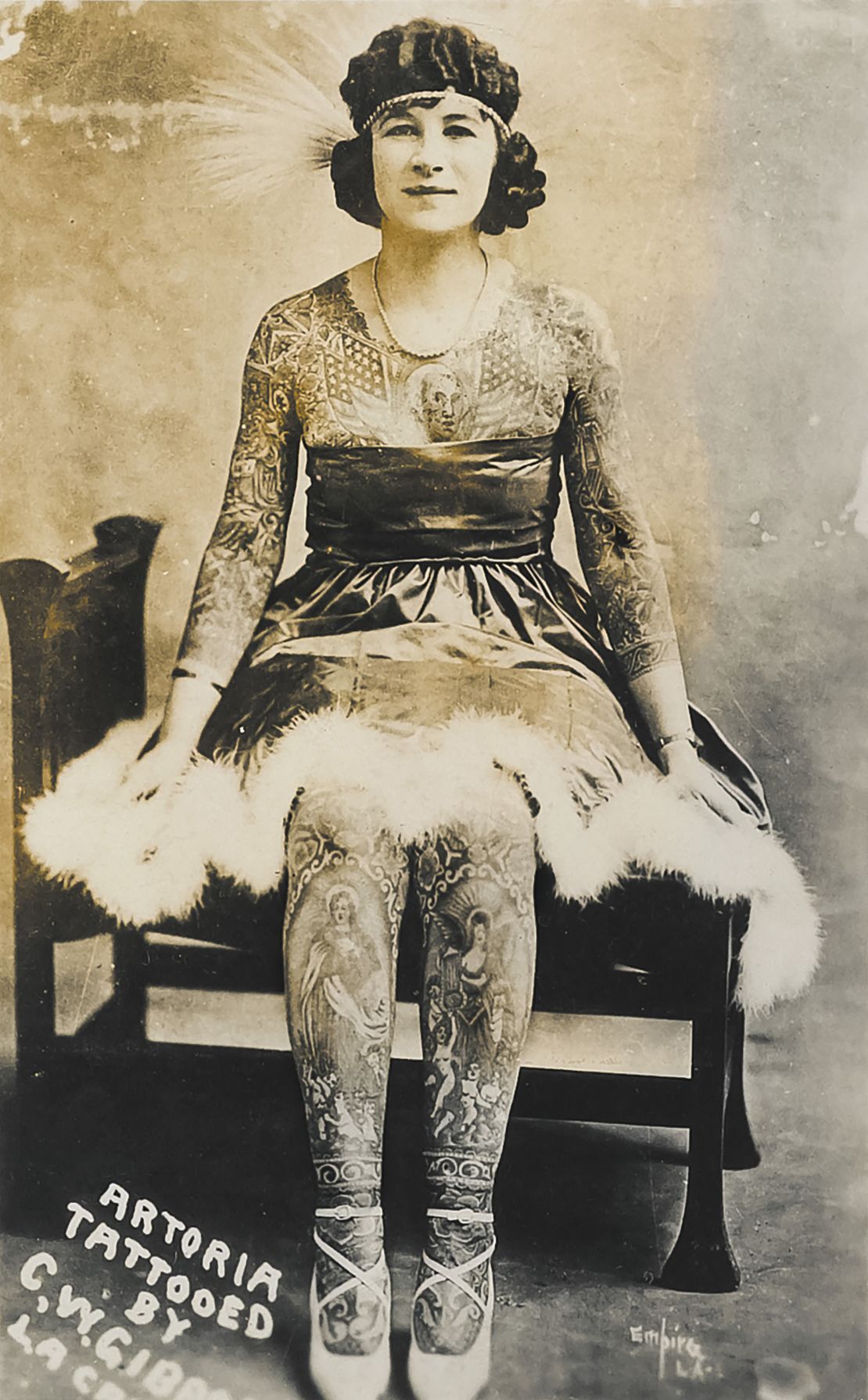
Schiffmacher briefly housed his collection – the Schiffmacher Tattoo Heritage – in the brick-and-mortar Amsterdam Tattoo Museum, before it closed due to financial reasons. His home, which he shares with his wife and business partner Louise van Teylingen, is now filled with his treasures from different points in history, including the rise of tattooing during Japan’s Edo period, the 19th-century tribal tattoos of the Indigenous Māori, and the proliferation of modern parlors in the West following World War II.
“I am what I call the poor man’s Rembrandt. (Tattooing) is the art of the common man,” he said. “It’s not like a highly intellectual type of thing. It’s very easy to read, and it has symbols for you. A simple tattoo – a person with an anchor or with a heart or with a rose – is communication.”
A lifelong collector
Schiffmacher, whose father was a butcher, became interested in collecting tattoo art before becoming an artist himself. As he recalls in his book, he has considered himself a “magpie” of sorts since childhood, when he amassed flints and arrowheads and birds’ eggs, hanging a sign on the door to his room that read, “My Museum.”
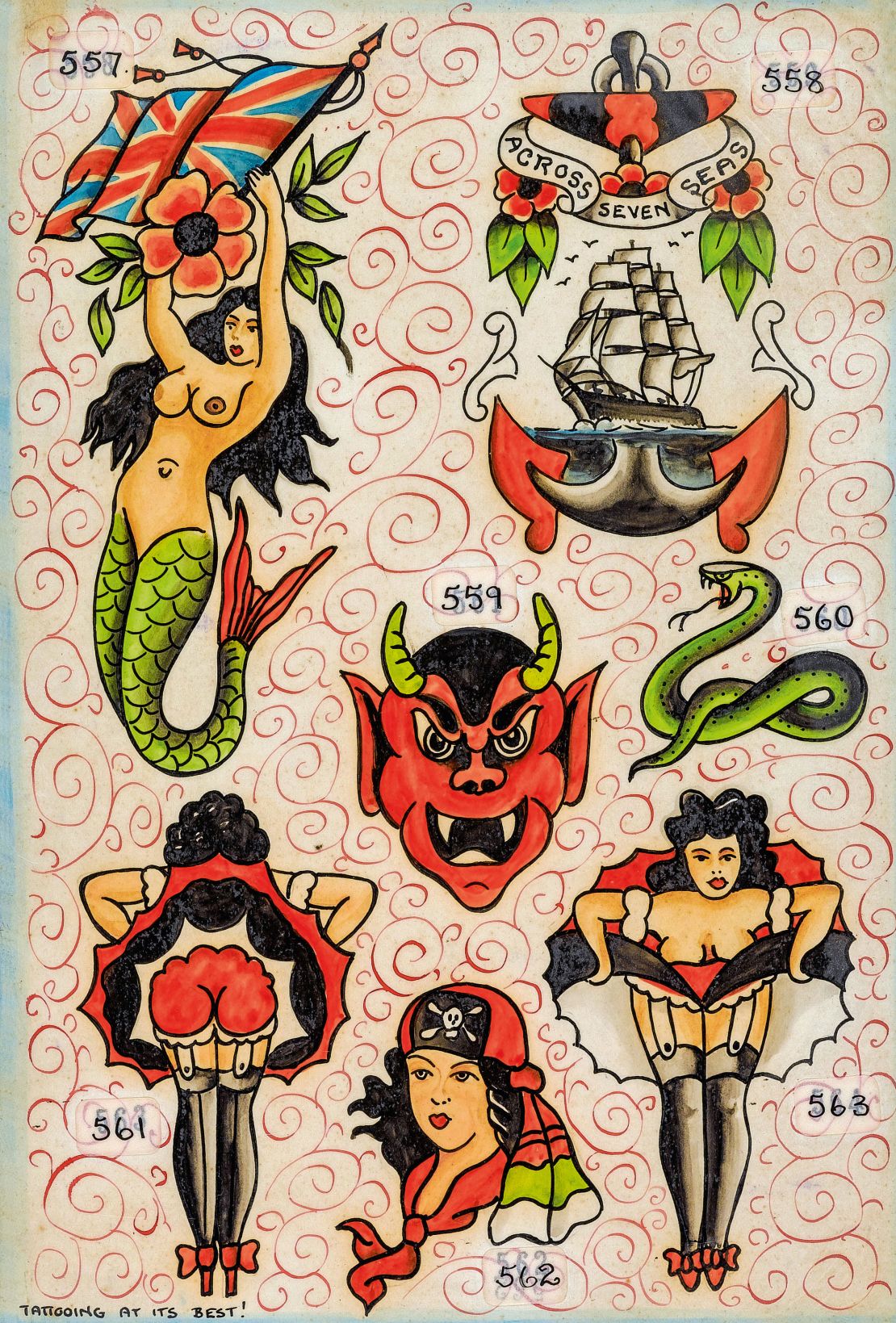
Born in 1952 in the small Dutch city of Harderwijk, Schiffmacher traveled to Amsterdam in his early 20s, where he befriended renowned artist Tattoo Peter. At the same time, he was nurturing a new interest in photography, particularly Diane Arbus’s black-and-white portraits of so-called “eccentrics,” which included heavily tattooed people. Schiffmacher began seeking out strangers to photograph, and one man in particular who spent his nights at local watering holes caught his attention.
“He was really an extreme drunk,” Sciffmacher said. “He had all these fantastic tattoos. And although he didn’t have good communication because of his alcohol problem, he communicated so much when I looked at the little slides (I had taken of him), and saw all these tattoos. The tattoos tell little bits of this man’s life.”
Spotting people out in the world who were heavily tattooed was a rarity decades ago, Schiffmacher said. In recent years, the popularity of the art has soared. In 2019, Ipsos found that nearly a third of Americans have at least one tattoo, a 21% increase over seven years.
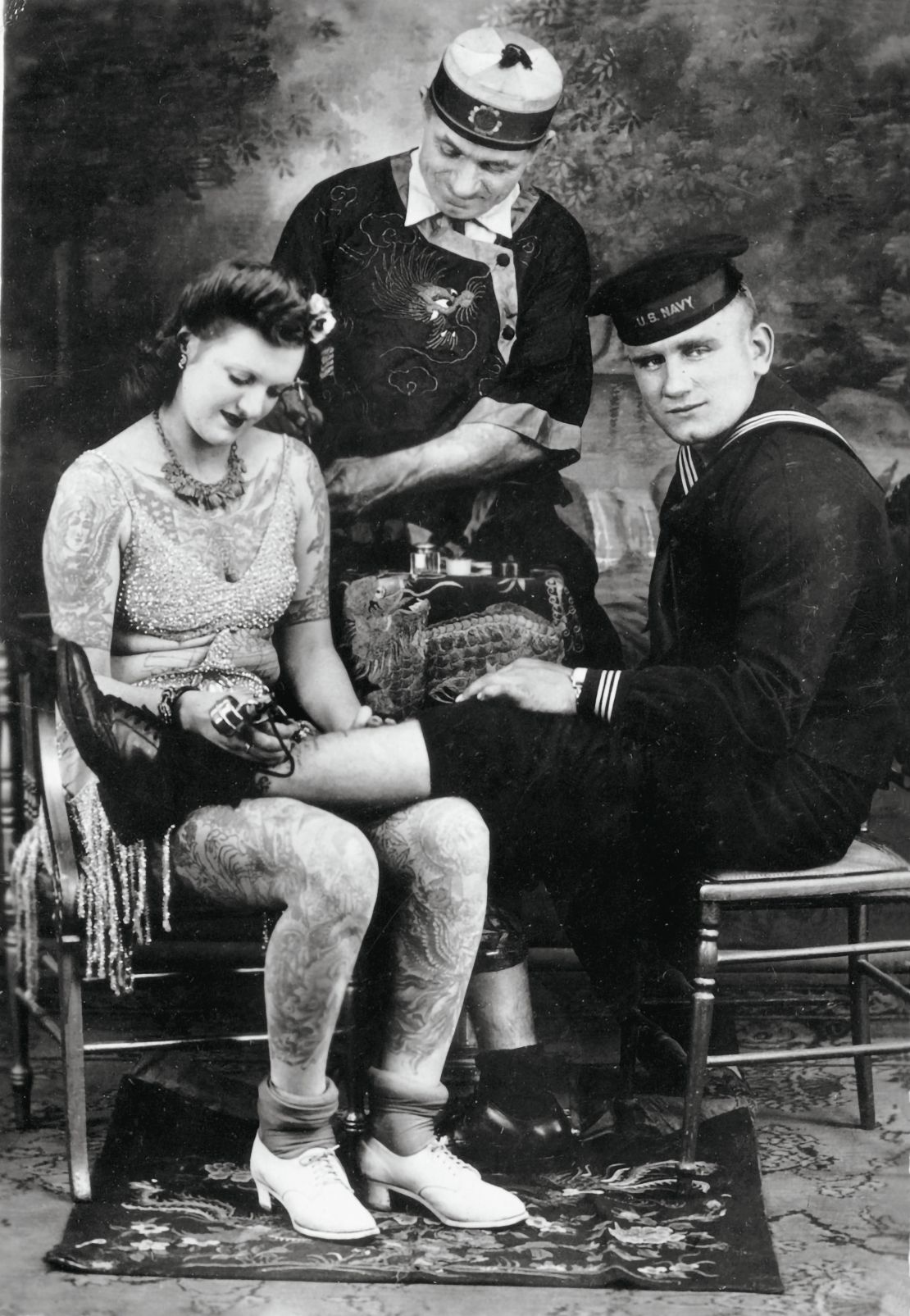
“In the early ’70s, tattooing in Holland was quite exceptional, especially (for) people with a lot of tattoos. You wouldn’t see them too much,” Schiffmacher said. “So it’s not like today; the whole world is tattooed now. But in those days, you really had to know the person to try to find them.”
Schiffmacher started corresponding with other artists, exchanging his photographs for their drawings. When he began tattooing shortly after, he traveled to other countries extensively to be inked by his contemporaries. He visited their shops and traded art and scoured local antique shops for new finds.
As his reputation as an artist and collector of tattoo memorabilia grew, rare works, objects and tip-offs began finding their way to him. (During the interview with Schiffmacher, van Teylingen joined to show a new package they had just received with tattoo designs from an unknown artist.)
From shops to museums
Museums have also come calling to borrow parts of Schiffmacher’s collection, including Amsterdam’s Tropenmuseum and the Natural History Museum of Los Angeles. Some of his objects have traveled with the exhibition that opened as “Tatoueurs, Tatoués” (“Tattooists, Tattooed”) at the Musée du Quai Branly Jacques Chirac in Paris in 2015, which touched down at the Royal Ontario Museum in Toronto and The Field Museum Chicago, among others.
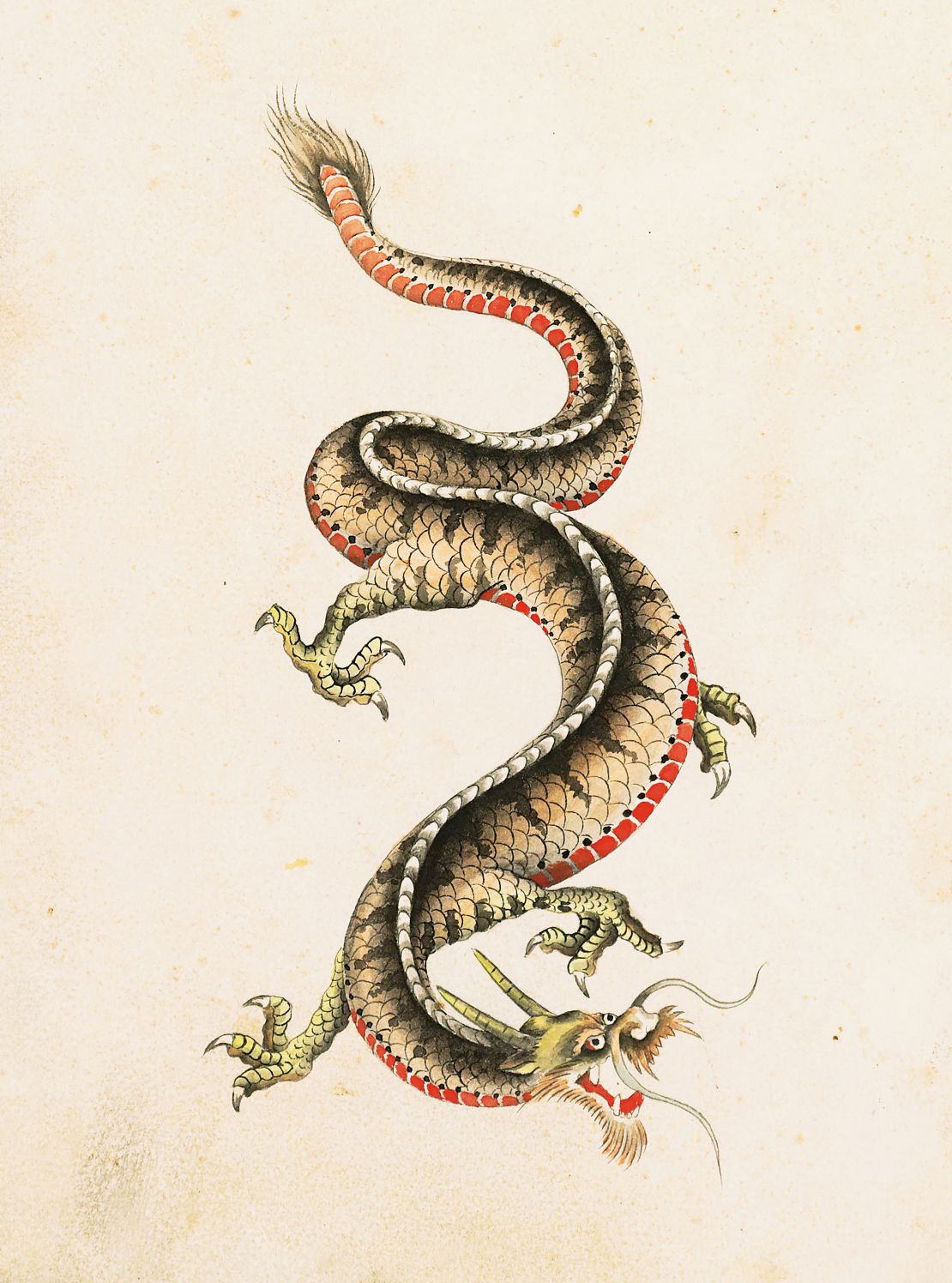
Similar to recent controversies involving art and natural history museums regarding artifacts that were stolen from colonized lands, the tattoo world has had its own reckoning with how some objects were acquired. Tattooed skin has been traded and exhibited, and Schiffmacher says it’s not uncommon for some people to donate their own inked skin for exhibition after their death.
However, not all such artifacts have been willingly given. Over the past decade, for example, institutions like the American Museum of Natural History and the Smithsonian have repatriated parts of their collections of Māori human remains, including preserved heads, or “mokomokai,” which feature extensive facial tattoos. According to his book, Schiffmacher himself accompanied tattoo artist Gordon Toi and actor Cliff Curtis, both of Māori descent, in the early 2000s to recover a mokomokai from a Parisian art dealer.
He called it “an intense experience.” (The head has since been returned to New Zealand and is housed at the national museum, known as “Te Papa,” according to Schiffmacher.)
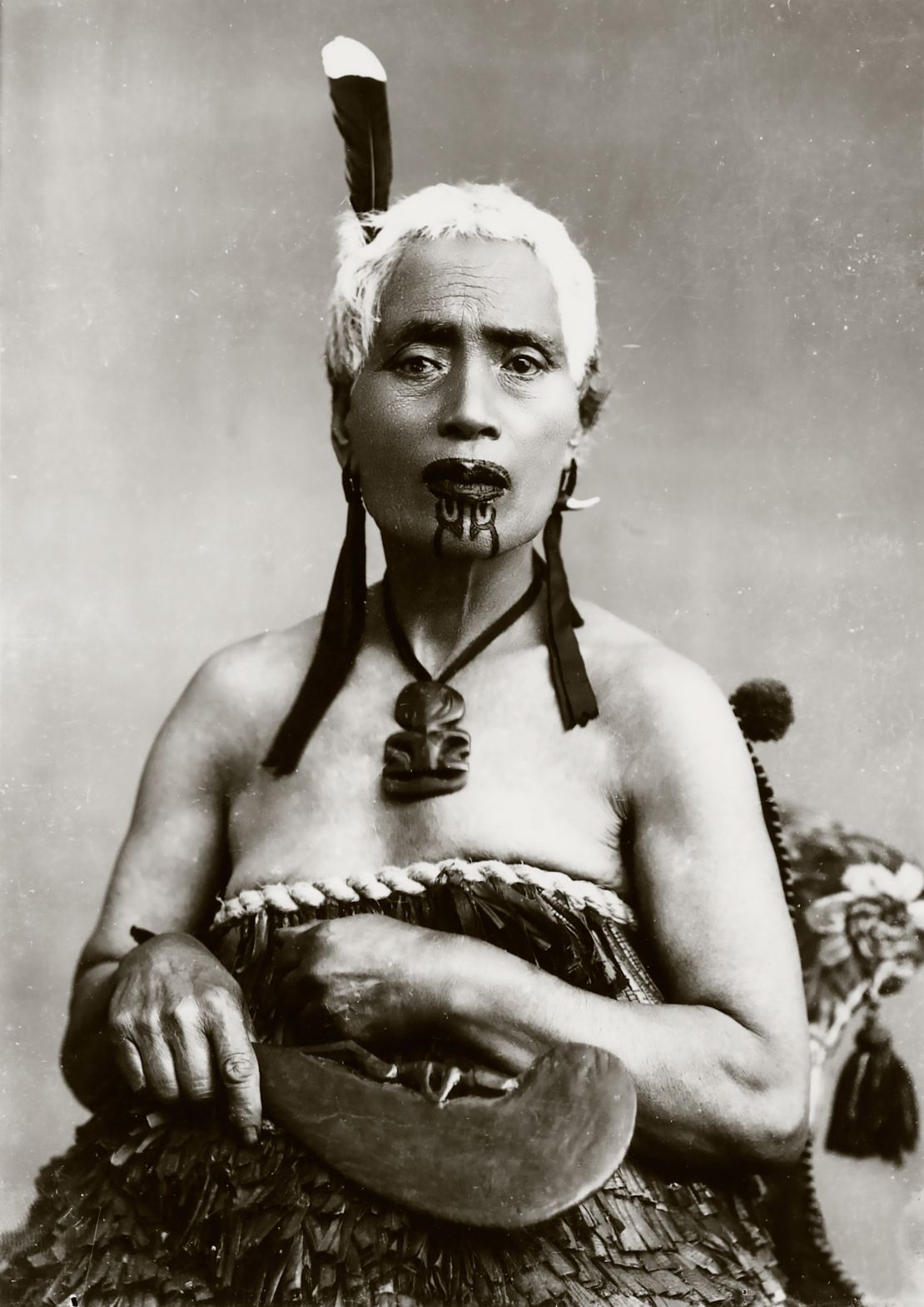
“Tattoos communicate in the same way whether you’re alive or dead, so for many Māori, being confronted with one of these heads is like having an ancestor talk to them,” he explained.
Today, Schiffmacher still considers his tattoos to be a form of communication that has given him access he would have never otherwise had.
“It is a passport into different cultures,” he said. “I have been to all kinds of situations in the world (where my tattoos) made the introduction.
“And that’s what tattoos are: an invitation to communicate with someone else,” he added.
“Tattoo. 1730s-1970s” is available now through Taschen.
Top caption: Hand-colored photograph of a tattooed messenger, by Italian-British photographer Felice Beato, ca. 1864−1867.
